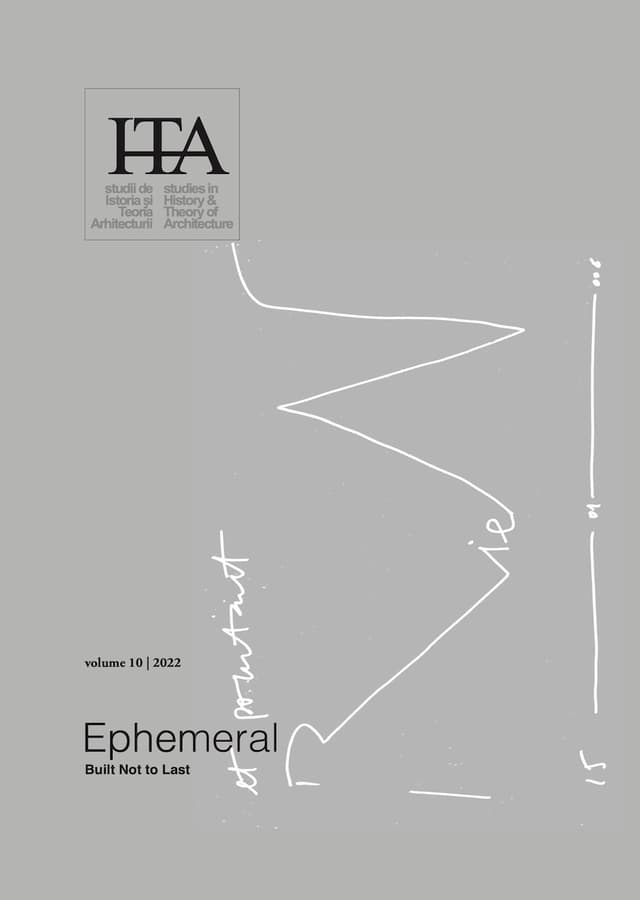The Time of Ephemeral Architecture
by
Endre Ványolós
Keywords
spontaneous
improvised
planned
event
light structures
experimental
mobile
flexible construction
weak architecture
Architecture is defined as the art of designing and making buildings. Most buildings are solid, heavy, they are meant to last, aimed at defying time and only few are light, almost immaterial, their existence very brief. Yet, ephemeral architecture can have a special role in promoting innovative ideas in architecture, can be a catalyst for experiments, and thus facilitate change in professional theory and practice, increasing public visibility of architecture. Nowadays several artistic/architectural workshops, like Hellowood from Budapest, are already integrated in the academic curriculum, and alongside summer festivals work as laboratories for architecture. Often contrasting with its built background, their ephemeral architecture succeeds in giving a sample, a hint of architecture as a process of building, as a complex phenomenon of time and space. In Bonțida, the temporary architecture of the Electric Castle Festival does so too, in the context of the Bánffy Castle, a historical monument.
This paper proposes an investigation of contemporary art festivals, open air expositions or summer camps, of their experimental role in architectural education, in discovering new building methods, new materials, and nonetheless exploring the limits of architecture itself.
Published in

Chicago citation style
DOI:
10.54508/sITA.10.15